Happy bat week!
Hundreds of tricolored bats (Perimyotis subflavus) hibernate during the winter in the old Ruffner mines, but not in a group, these bats are accustomed to social distancing. Once common to the Eastern US, populations have drastically declined in recent years due to a deadly fungal disease, white-nose syndrome. The fungus invades the skin of hibernating bats and causes the bats to wake more frequently and rapidly use up their limited fat reserves. If the infected bats survive the winter, they may succumb to the disease later as their immune systems fight the fungus.
For bat week 2021, we are looking back to the winter of 2017, when two of the mines were closed and fit with bat-friendly gates to help combat the deadly fungus that causes the syndrome.
From Jamie Nobles, Ruffner Conservation Director:
We pushed for this project for several years, especially since the open mines on the mountain are hazardous to our visitors and important for bat hibernacula. With the gates in place, we were finally able to perform an official bat survey with partnering bat researchers. The survey demonstrated that the mines were a significant over-wintering site for hundreds of tricolored bats. We also found through swabbing samples of the bats that the fungus that causes the dreaded white-nose syndrome was also present in our mine and bats. Since that first winter bat survey, we have joined our state and federal agencies’ list of sites of significance for bat conservation and research. We’ve been able to repeat our winter surveys counting bats as well as host various research.
Most of this research has been based around finding solutions to white-nose syndrome which has devastated many bat species throughout the US. An opportunity presented itself last year and continues today for Ruffner Mountain as a site for Bat Conservation International (BCI) continent-wide acoustic phenology survey. We installed a mini bat-acoustic device to one of the gates to record bat calls and sounds. And starting this year, we’re working with additional researchers based out of Virginia Tech to continue sampling bats and the substrate for the fungus and monitoring the fungal disease over time.

























